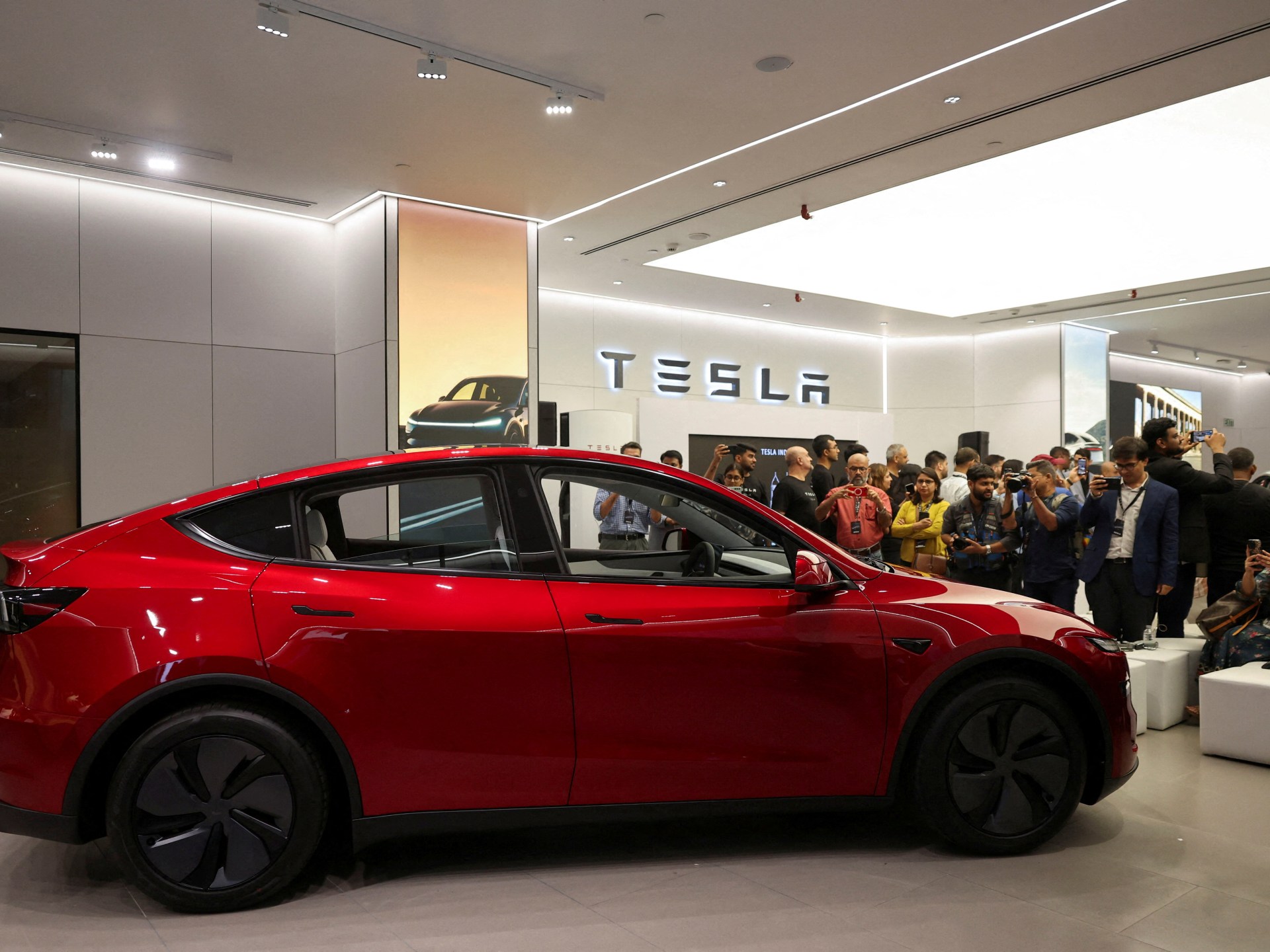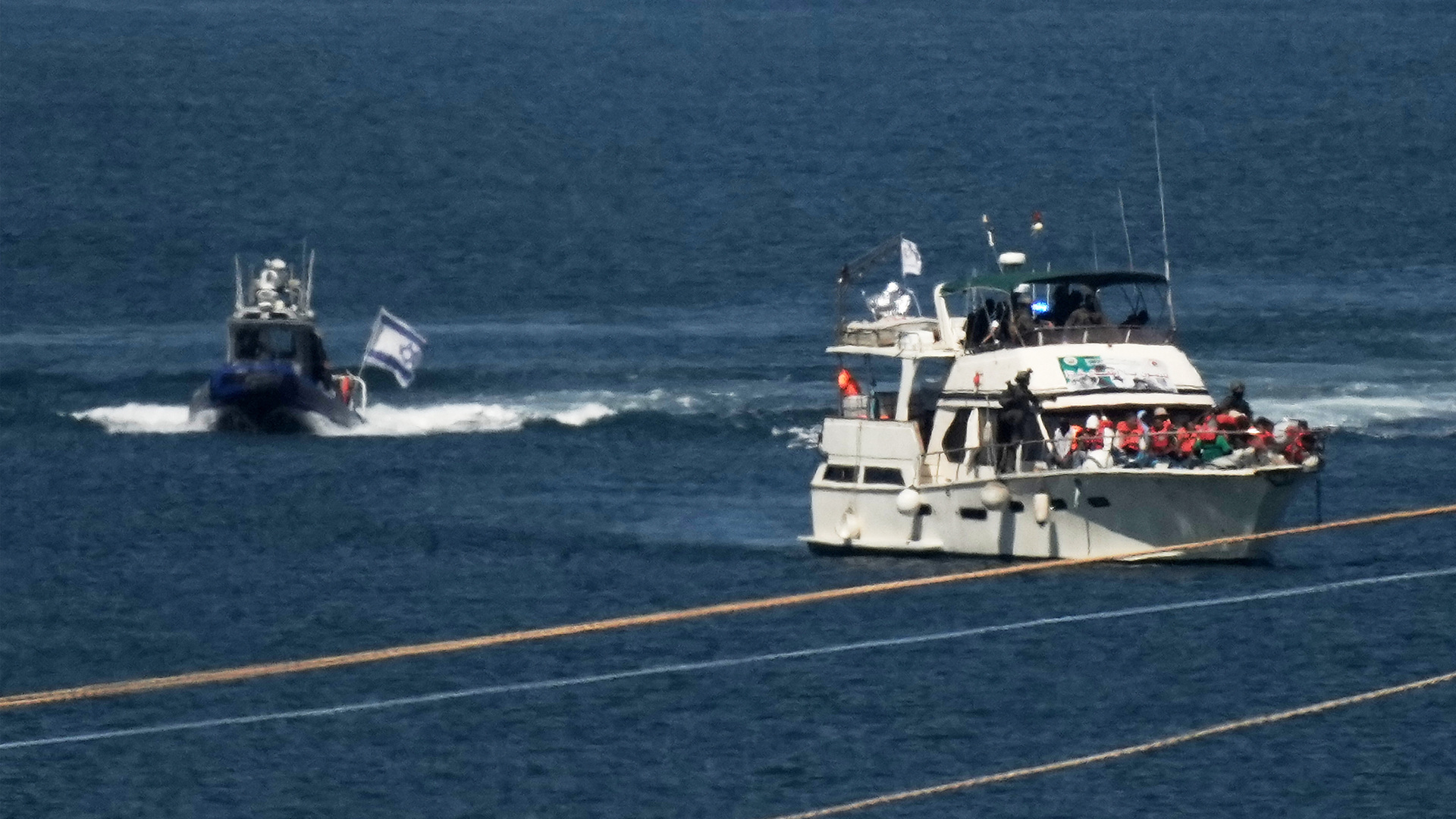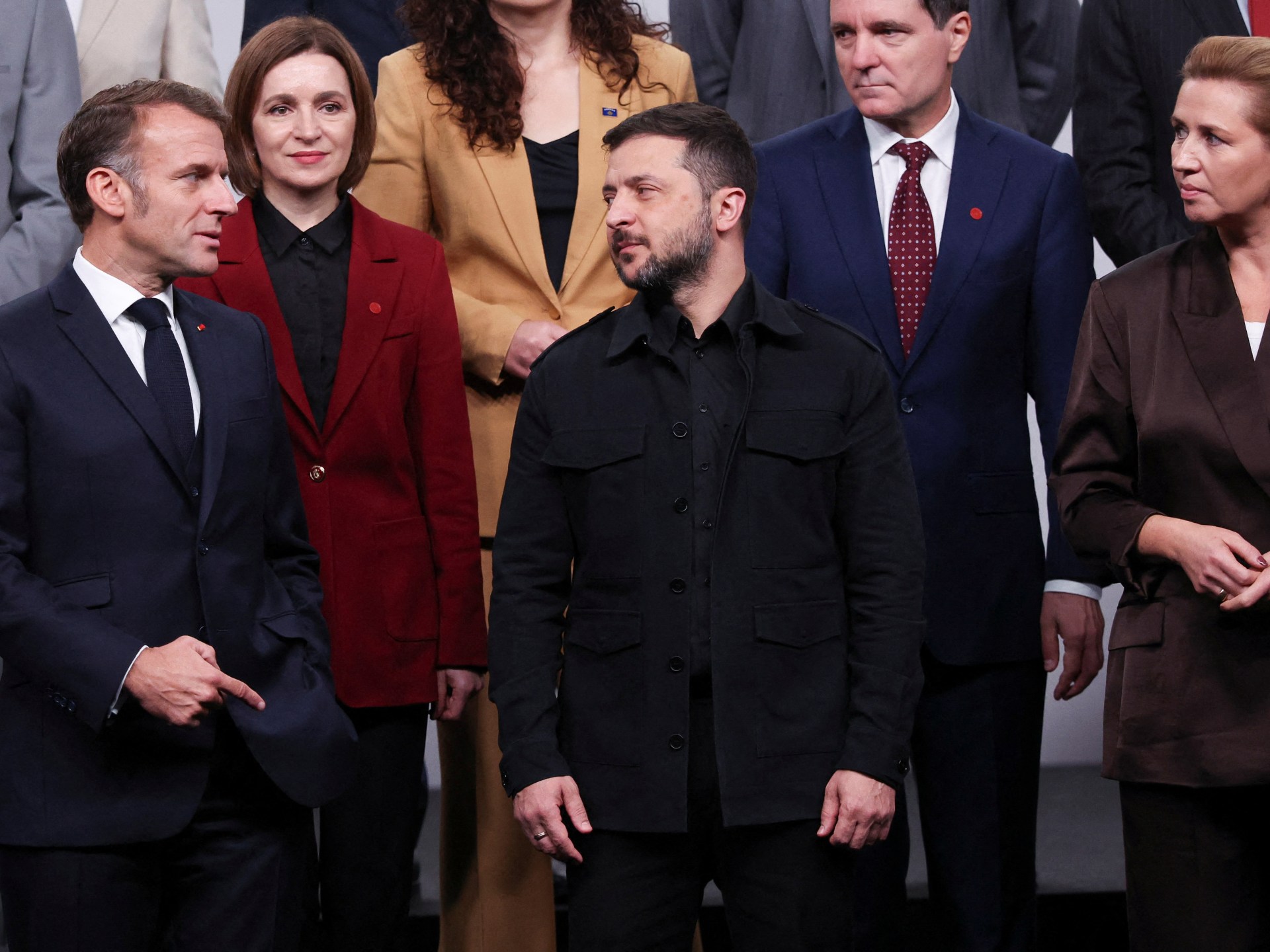Tesla sales have surged in the third quarter as buyers in the United States rushed to take advantage of electric vehicle (EV) tax credits that were eliminated under President Donald Trump’s sweeping tax bill passed this year.
On Thursday, the automaker reported a 7.4 percent increase in sales compared with the same period last year as demand was driven by customers looking to buy before the credits officially expired at the end of September.
Recommended Stories
list of 4 itemsend of list
Sales jumped to 497,099 cars for the quarter, compared with 462,890 in the third quarter last year.
Tesla also delivered 481,166 units of its Model 3 compact sedan and Model Y crossover in the quarter, well above Wall Street expectations.
The Elon Musk-led carmaker frequently talked up the expiry of the tax credits, using it alongside discounts and financing deals to spur sales and leases of its EVs. Investors are worried because sales are now expected to slump as the $7,500 federal tax credit disappears.
“While the third quarter was strong, we expect fourth-quarter sales will see a decline, consistent with the first half of the year, largely due to the US tax credit expiration,” said Seth Goldstein, senior equity analyst at Morningstar.
The carmaker is due to report quarterly results on October 22.
Full-year deliveries are projected to be 1.61 million cars, roughly 10 percent below 2024, according to Visible Alpha. Tesla will need to deliver 389,498 vehicles in the fourth quarter to meet that projection.
In China, Tesla in September began delivering the long-wheelbase, six-seat Model Y L, a family-focused variant that was expected to spur demand in the world’s largest EV market.
Meanwhile, EV maker Rivian on Thursday lowered the midpoint of its annual deliveries forecast but beat estimates for quarterly deliveries owing to a boost in demand from buyers rushing to take advantage of tax credits.
Europe remained a weak spot as rivals aggressively promoted plug-in hybrids while Chinese EV brands started gaining ground in the hyper-competitive market.
The company’s European sales in August, including in the United Kingdom, fell 22.5 percent from a year earlier, cutting its market share to 1.5 percent, according to data from the European Automobile Manufacturers’ Association.
Cheaper models coming
Tesla has delayed rolling out the lower-cost Model Y in the US, pushing the timing by several months with an eventual plan to build the variant in China and Europe.
Analysts said Tesla’s ability to cushion a post-credit slowdown will depend heavily on its push into lower-priced models.
“The challenge now is dealing with the potential slowdown that follows, and that’s where a new, more affordable model becomes crucial to keeping momentum going,” said Matt Britzman, senior equity analyst at Hargreaves Lansdown who personally owns Tesla shares.
The stripped-down version is designed to be roughly 20 percent cheaper to produce than the refreshed Model Y and could scale to about 250,000 units a year in the US by 2026.
Investors believe that could help Tesla in the long run.
“While EV demand is expected to fall with the EV tax credit expiration, this was a great bounceback quarter for [Tesla] to lay the groundwork for deliveries moving forward, but there is still work to do to gain further ground from a delivery perspective,” Dan Ives, analyst at Wedbush Securities, said in a note provided to Al Jazeera.
Tesla holdings account for the bulk of Musk’s wealth, and a recent surge in the company’s stock price helped his net worth breach the $500bn mark on Wednesday, bolstering his position as the world’s richest person.
The company’s board has proposed a shareholder vote on a new CEO award that could grant Musk about 12 percent of the company, worth up to $1 trillion if performance and valuation targets are met.
The billionaire has tried to position Tesla more as a technology company by focusing on AI-based self-driving systems, robotaxis and humanoid robots.





